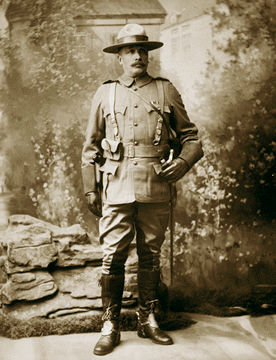Article
Lucy Maud Montgomery
Lucy Maud Montgomery, OBE, writer (born 30 November 1874 in Clifton (now New London), PEI; died 24 April 1942 in Toronto, ON). Lucy Maud Montgomery is arguably Canada’s most widely read author. Her first novel, Anne of Green Gables (1908), became an instant best-seller. It has remained in print for more than a century, making the character of Anne Shirley a mythic icon of Canadian culture. Montgomery produced more than 500 short stories, 21 novels, two poetry collections, and numerous journal and essay anthologies. Her body of work has sold an estimated 50 million copies worldwide. Anne of Green Gables alone has been translated into at least 36 languages as well as braille. It has been adapted dozens of times in various mediums. Montgomery was named an Officer of both the Order of the British Empire and the Literary and Artistic Institute of France. She was the first Canadian woman to be made a member of the British Royal Society of Arts and she was declared a Person of National Historic Significance in Canada.














